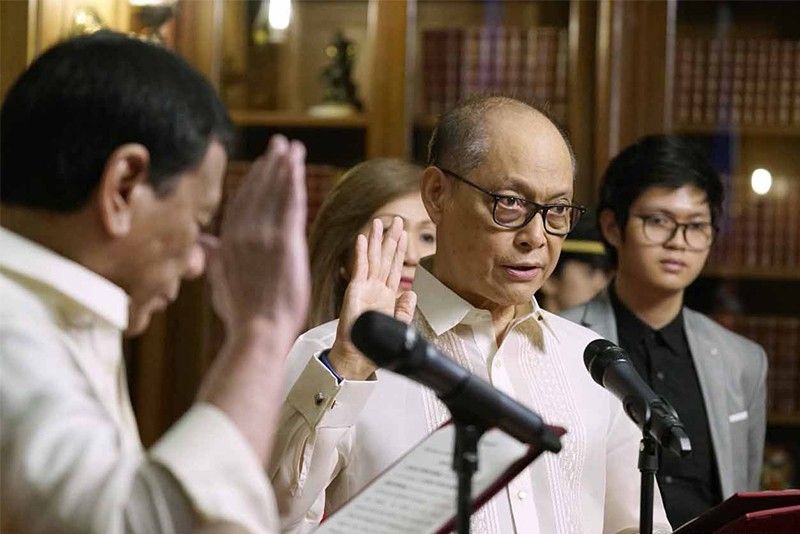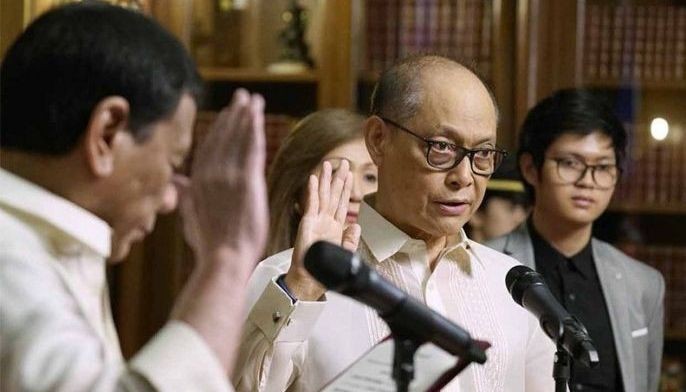BSP announces phased cuts in bank reserves

MANILA, Philippines — The Bangko Sentral ng Pilipinas announced Wednesday a phased reduction in the amount of cash banks must hold as reserves in a bid to inject more liquidity in the financial system amid easing inflation and sluggish economic growth.
The BSP said it decided to gradually trim the reserve requirement ratio, or RRR, by a total of 200 basis points to 16% from 18% — the first such action under Governor Benjamin Diokno, who is widely seen by the market as a dovish central bank chief.
The first cut — amounting to 100 bps — will take effect on May 31. This will be followed by 50 bps reduction in end-June and another 50 bps cut in end-July.
"This new policy will apply to universal and commercial banks only. For the other types of banks, the cut in RRR will be considered in the next MB meeting," Diokno said.
The three-step RRR reduction is expected to release around P190 billion of additional money supply to the economy, Reuters reported, allowing banks deploy more funds for lending and investments. Last year, the BSP trimmed the RRR twice to 18% from a global high of 20% in a bid to fuel economic growth.
“The gradual reduction in RRR will definitely help alleviate the current tight liquidity conditions and complements its recent policy rate cut,” said Nicholas Mapa, senior economist at ING Bank in Manila.
“BSP looked to finally address the lack of funds circulating in the system,” Mapa added.
The BSP lifted its benchmark rate by cumulative 175 bps in 2018 to fight multi-year high inflation — which is now within the state’s 2-4% target range.
Many economists had expected the RRR cuts to come this year after the central bank’s previous rapid-fire rate hikes tightened liquidity conditions in the market.
M3 — considered the broadest measure of money circulating in an economy — grew 4.2% year-on-year to about P11.4 trillion in March, slower than the 7.1% expansion in February and January’s 7.6% increase. The latest recorded pace is the slowest since September 2012.
Last week, the BSP cut its key rate by 25 basis points to 4.5% amid benign inflation and following the release of disappointing gross domestic product report, which showed the economy grew 5.6% in the first quarter — the slowest pace in four years.
“The central bank believed it was time to give the economy a much-needed breather especially with the inflation objective well in hand,” ING Bank’s Mapa said.
“Moving forward, growth prospects appear to point north post-budget passage and all the more with slowing inflation and the recent BSP easing seen to drive both consumption and capital formation. But for now, after priming its “pacemaker” for growth, the BSP’s move for a “transfusion” was welcome as it complements its previous policy rate cut,” he added. — Ian Nicolas Cigaral with a report from BusinessWorld
- Latest
- Trending































